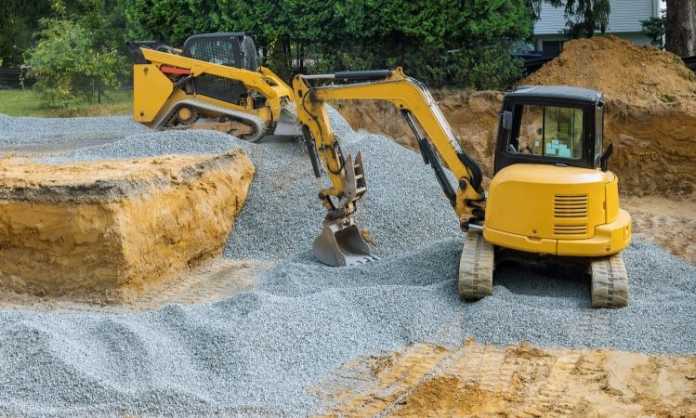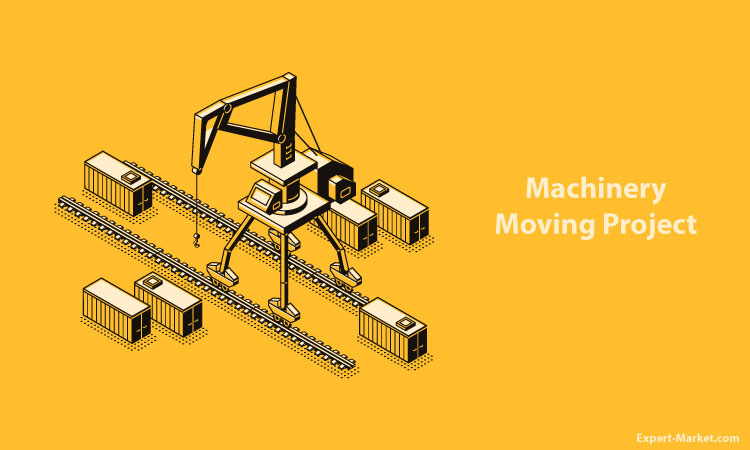A single industrial machine or piece of equipment can cost hundreds of thousands of dollars or even more. Some such assets weigh many tons while also being surprisingly delicate.
When a machine of any kind needs to be relocated, it will always be important to do everything possible to ensure a safe, successful move. Keep the following four tips in mind and your next machinery moving project will become a lot easier.
1. Get Some Specialized Help
People who are inexperienced with the matter sometimes believe that machinery moving must be crude, brute-force work. The sizes and weights involved can make it seem to some that sheer force would be more important than finesse or fine-tuned skills.
As those who check out A&A Machinery or another specialist will see, nothing could be further from the truth. From rigging and dismantling to crating and skidding, leading machinery movers bring a lot of highly developed skills to bear on challenging, important projects.
The single best way to make an upcoming machinery moving project a lot easier will always be to hire such a company to handle it. Even for a minor relocation to another spot on the same factory floor, having true experts take care of all the details will always simplify things significantly.
Given how expensive and important most pieces of industrial machinery are, paying for such reliable support should normally be quite easy to justify. Being able to rule out a wide range of potential problems will always be welcome and productive.
2. Start Planning Now
The most common reason for problems to arise when moving machinery is a simple lack of planning and preparation. Aside from emergencies, which should be planned for themselves, there should almost always be plenty of time to think about and account for all the details of an upcoming machinery move.
Planning as far ahead as possible will make a relocation project simpler for at least a couple of reasons. For one thing, simply firming up plans well before the day of the move tends to make otherwise-obscure challenges clear. That will mean being able to develop effective solutions at leisure instead of being forced to react on the fly.
More directly, though, planning pays off by ensuring that a move will be systematic and methodical. Even where some additional steps need to be improvised later on, that type of structure tends to keep things moving as they should.
3. Never Skimp on Disassembly
It can be tempting to try to move a piece of machinery in as few pieces as possible, but that almost always turns out to be a mistake. Many machines are designed to be broken down into at least a few distinct parts before being transported.
Respecting such arrangements will be the best way to minimize the risk of damage and other problems. Even where it ends up taking longer than expected to break down and reassemble a machine, the increased safety that results should repay the required investment.
4. Get the Destination Ready Beforehand
Careful planning should normally rule associated problems out, but a machine’s new home always needs to be scouted and prepared before the move begins. Failing to see to this important work is another of the most common reasons for running into problems when moving heavy, bulky industrial equipment.
Moving large machines can be challenging, but these four simple tips should always make things easier. No matter how important the equipment or imposing the environment, any industrial machine can be moved safely.


































